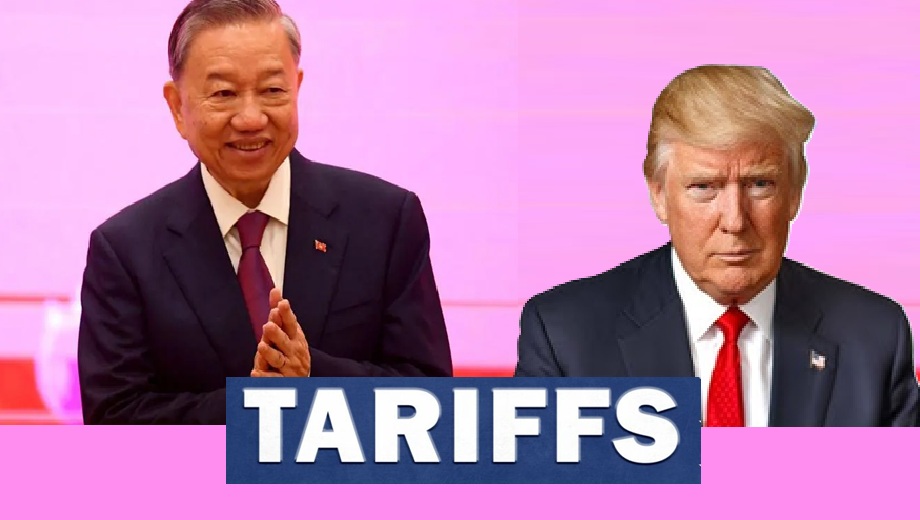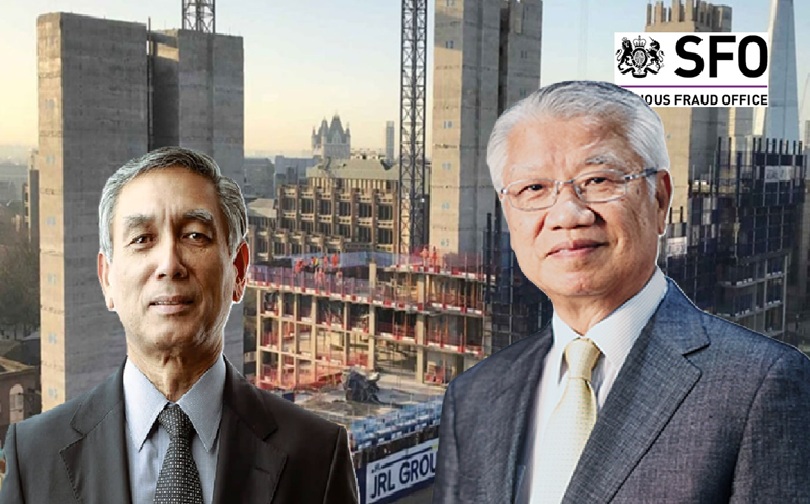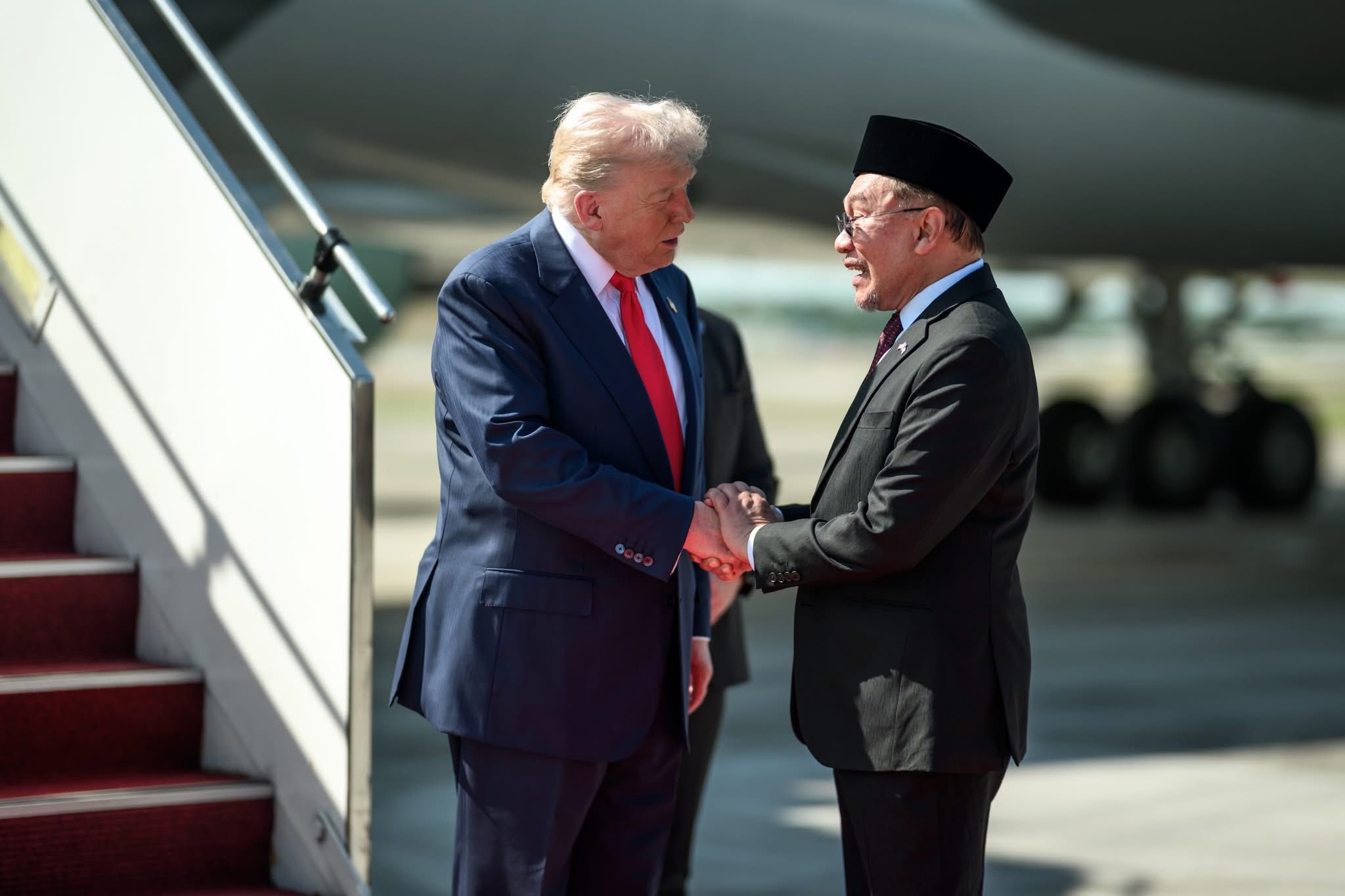SOUTHEAST ASIA — US President Donald Trump’s sweeping tariffs on global trade have officially come into effect — and beyond China, no region feels the pressure more than Southeast Asia.
Among the hardest hit are Vietnam and Cambodia, facing tariffs of 46% and 49% respectively. Thailand (36%), Indonesia (32%), and Malaysia (24%) follow closely, while the Philippines faces a 17% tariff and Singapore 10%.
This move deals a heavy blow to a region highly reliant on exports for economic growth. Over the past three decades, Southeast Asia’s rapid development has been largely driven by its ability to sell goods to international markets — with the US being a key customer.
In Vietnam, exports to the US account for 23% of its GDP, while Cambodia depends even more heavily at 25%. These new trade barriers now threaten that success story.
The long-term implications of these tariffs — if sustained — could reshape Southeast Asia’s economic landscape and challenge the governments of Vietnam, Thailand, and Cambodia in particular.
Vietnam’s diplomatic balancing act — often referred to as “bamboo diplomacy” for its flexibility — will now face a stern test. Under its new Communist Party Secretary-General To Lam, Vietnam has set an ambitious goal of becoming an upper-income, technology-driven economy by 2045, targeting annual growth rates above 8%. Increasing exports to the US was central to this strategy.
Thailand, although less dependent on US exports — under 10% of GDP — is grappling with a sluggish economy that has struggled for over a decade. The new tariffs are an unwelcome blow as the government searches for growth solutions.
Cambodia, however, faces perhaps the greatest political risk. The authoritarian government of Prime Minister Hun Manet — successor to long-time leader Hun Sen — is already under pressure. Much of Cambodia’s economic stability rests on its garment industry, which employs 750,000 workers. The high tariffs could lead to significant job losses, stirring potential social unrest.
Unlike China, which has responded with its own counter-tariffs, Southeast Asian nations are choosing diplomacy over retaliation. Vietnam has sent Deputy Prime Minister Ho Duc Phoc to Washington, offering to eliminate all tariffs on US goods in a bid to soften the blow. Thailand is preparing a similar diplomatic mission, while Malaysian Prime Minister Anwar Ibrahim is also set to visit the US — although Malaysia’s lower exposure to US trade (11% of exports) lessens the urgency.
However, the Trump administration appears unwilling to compromise. Senior trade advisor Peter Navarro dismissed Vietnam’s tariff offer as meaningless, citing non-tariff barriers and accusing Vietnam of serving as a trans-shipment hub for Chinese goods. While independent studies estimate that 7% to 16% of Vietnamese exports may be Chinese-made or routed through Vietnam, Navarro claims the figure is as high as one-third.
In Cambodia, local businesses are calling on the US to reconsider. The American Chamber of Commerce in Phnom Penh argues that while the garment sector will suffer under the tariffs, no feasible policy will bring apparel manufacturing back to the US.
Ironically, President Trump has long enjoyed a degree of popularity in Southeast Asia, particularly in Vietnam and Cambodia, where his blunt, transactional approach to diplomacy found admirers. But now, as regional leaders queue to appeal for tariff relief, that admiration is being tested.




